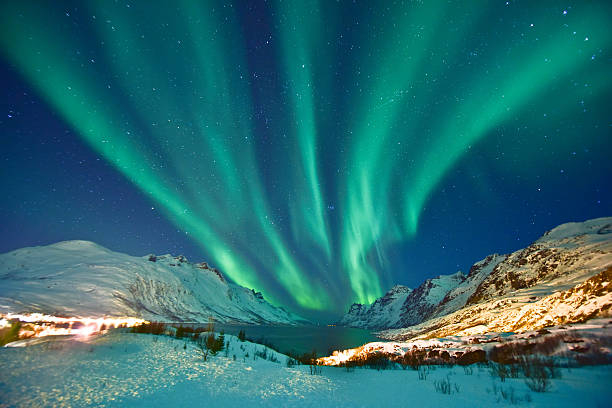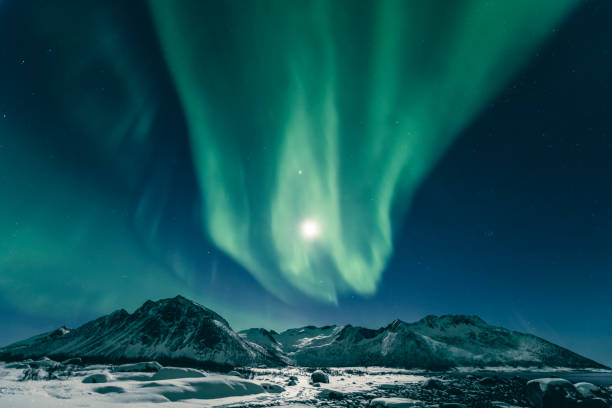Chase the northern lights

These shapeshifters of the Arctic night sky, as elusive as they are enigmatic, swiftly take on the feel of a fable. One minute, the ethereal white or green curtains of light with a violet streak take on forms reminiscent of northern mythology - a palace of lights, a Sámi fire in the forest, the prow of a Viking ship. Then they vanish, only to reappear on a new horizon, dancing across the sky in the shape of a sea horse or crescent moon.
Of course, the aurora may take on an unlimited number of shapes, colors, and intensities. They occasionally appear in all their brilliance, a rainbow range of deep blues, indigos, and greens. On other instances, the effect is more delicate, like an eerie white-grey, translucent cloud shadow that drifts over the sky, refusing to take on recognizable form before dispersing on the breeze against a backdrop of stars. And there are instances when it just does not appear.
During years of extraordinary solar activity, the northern lights might appear at lower latitudes. Most sites in Norway north of the Arctic Circle, however, give the potential to see the aurora in the night sky from October to March; clear skies are more likely from December onwards. A cloud-free sky is the most critical factor for witnessing the aurora borealis, aside from a huge slice of luck - if the cloud cover shows no indications of clearing, you might as well head indoors.
Although visitors and residents alike report fantastic light shows in cities such as Troms (which is accessible to the rest of Norway and farther afield by regular flights), the absence of artificial or human-produced light is a key factor in receiving the full impact. And, according to some expert aurora watchers, the best viewing hours are from 6 p.m. to midnight, or, more precisely, from 10 p.m. to 11 p.m.
Another key factor to consider, particularly if you intend to capture the lights, is the backdrop. If you see the lights while surrounded by mountains, you may miss half of the display; an open horizon (such as the ocean or the huge plains of the Finnmarksvidda plateau surrounding Kautokeino or Karasjok) is perfect. Open water, especially a quiet lake (finding such a lake that isn't frozen in northern Norway might be difficult) can provide some stunning reflections.













